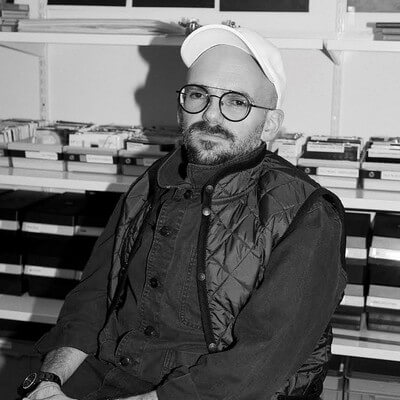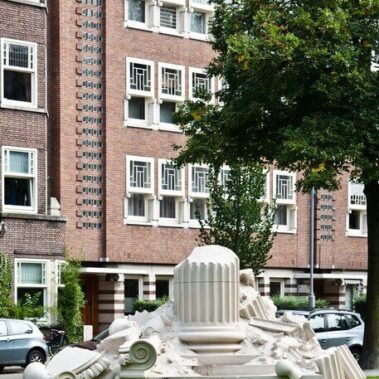‘I am taking on a series of challenges that I have set for myself- public art was the first. It had to do with producing a public artwork, about the nature of public art, what the value of art is in public spaces and what it provokes for particular audiences.’
Name: Ryan Gander
Born: the United Kingdom, 1976
ARTZUID edition(s): ARTZUID 2011
Social Media: Instagram
About Ryan Gander
Ryan Gander is a sculptor, painter, designer, typographer, performer, author and painter. He has curated various exhibitions and lectured at international art institutions and universities, made television programs for the BBC on art and wrote extensively on contemporary art. He refutes the designation “conceptual artist”. He prefers to be called an “amateur philosopher”. He is one of the few professional handicapped artists in the world, he is confined to his wheelchair due to a serious bone disease.
Gander attended art school in Manchester and then went on to work in a carpeting shop. He wrote and photographed for newspapers in North Wales and thought he would become a TV presenter rather than an artist. Nevertheless, around the turn of the century, he was part of the artist-in-residence at the Jan van Eyck Academy in Maastricht. His career as an artist got off to a flying start by winning the 2005 Balinese Art Prize for his video work Is this Guilt in You Too (The Study of a Car in a Field).
Gander’s work is versatile and extensive. It is reminiscent of a puzzle, a network with many connections. In Locked Room Scenario (2011), the visitor enters a fully designed office space in a former trading depot.
That same year his work The Happy Prince (2010) was shown during ARTZUID; based on Oscar Wilde’s children’s book of the same name. It was commissioned for Central Park in New York and reflects Gander’s fascination with techniques of creative and associative collision.
Three polished stainless steel sculptures – Dad’s Halo Effect, from 2014 – was originally created by Gander’s father while he worked at General Motors in the 1980s. Son Ryan reinvented them from his father’s verbal description.


